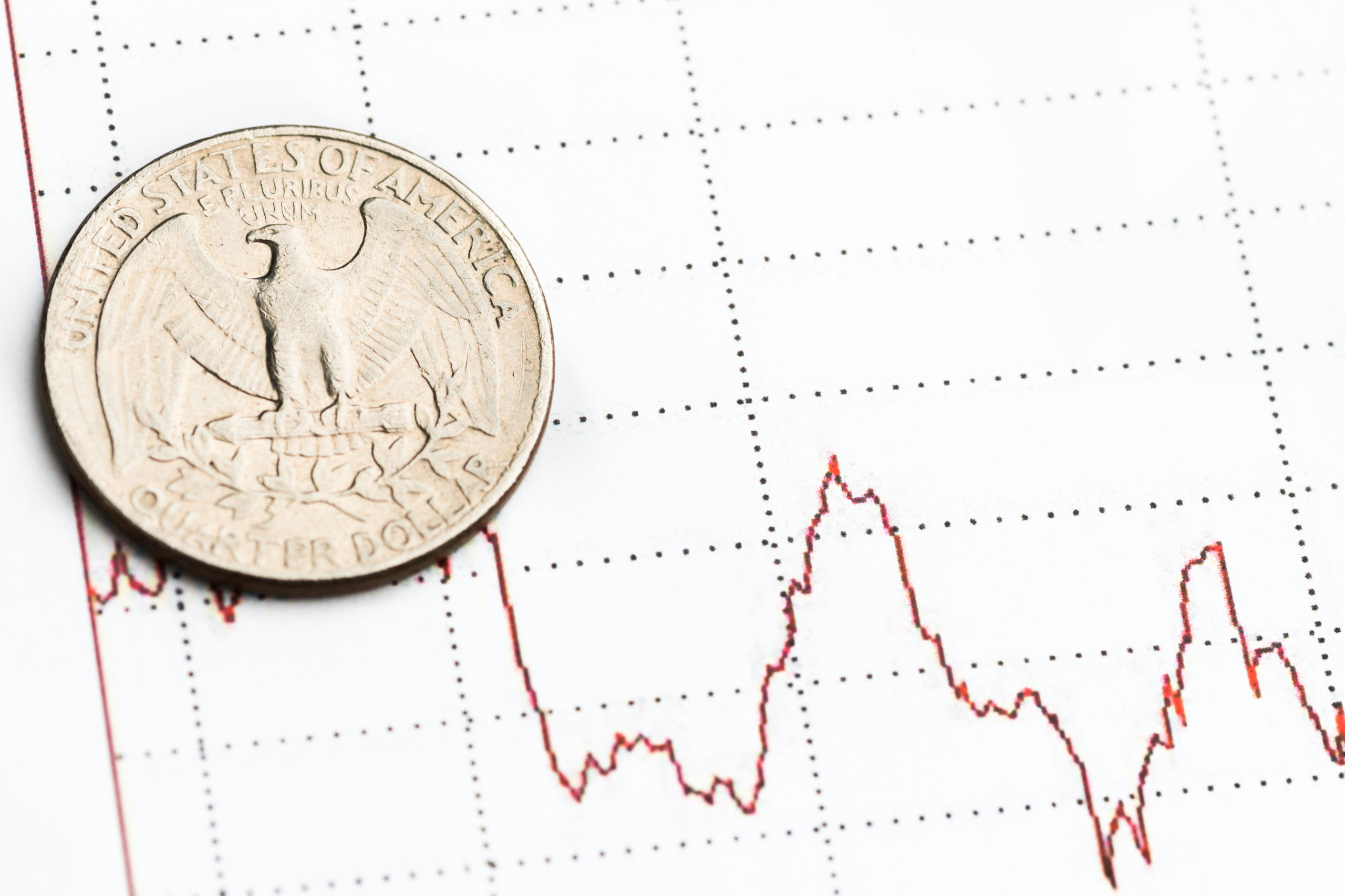The U.S. dollar opened the week under pressure, falling to its lowest level in two weeks after Moody’s Ratings downgraded the U.S. sovereign credit outlook over the weekend.

Why the Dollar Is Falling
The dollar’s decline is being driven by a combination of credit risk and rate uncertainty.
Key Drivers:
- Moody’s Downgrade: The agency cited “fiscal deterioration and rising debt service costs” as major concerns (Source Reuters).
- Fed Policy Uncertainty: Investors are now questioning how much room the Federal Reserve has to raise, or even maintain, interest rates.
- Global Rebalancing: With the euro and yen gaining strength, the USD’s relative safe-haven appeal is fading, at least in the short term
What This Means for Businesses
Whether you import goods, export services, or manage cash in multiple currencies, the dollar’s weakness could impact your bottom line.
For Importers:
- Higher Costs: A weaker dollar means imported goods and materials cost more.
- Budget Risk: Planned procurement budgets may be under stress if no FX protection is in place.
For Exporters:
- Competitive Advantage: U.S. products and services become cheaper abroad, potentially boosting revenue, if you’re priced in USD.
- Currency Mismatch: If you sell in foreign currency but report in USD, you could see distorted earnings.
For Global Treasury Teams:
- Increased Volatility: Currency fluctuations make it harder to forecast cash flows and manage working capital.
- FX Translation Risk: Assets and liabilities held overseas may now require adjustment.
What CFOs and Treasurers Should Do Now
- Review Open Currency Exposures: Assess all AR/AP positions in foreign currencies through Q3–Q4.
- Stress-Test Your Budget: Model revenue and cost scenarios with USD 3–5% lower against key trading currencies.
- Consider Protective Hedging: Use forward contracts to lock in rates and protect margins.
- Stay Informed: Subscribe to FX updates and economic alerts. Changes to Fed policy or further downgrades could cause additional USD volatility.
- Partner with FX Experts: Work with a trusted FX provider to develop a custom risk strategy and streamline cross-border payments.
Monex USA: FX Intelligence for Uncertain Times
Monex USA delivers institutional-grade FX strategy, execution, and support so you can:
- Protect margins against currency swings
- Accelerate global payments
- Receive proactive market guidance




